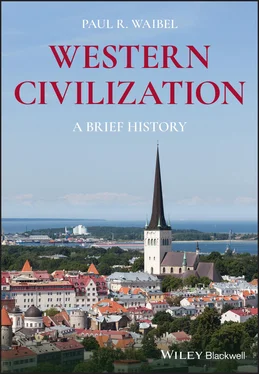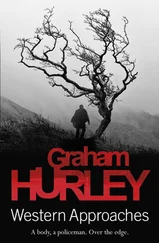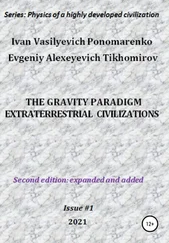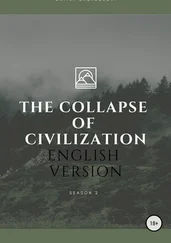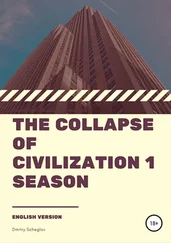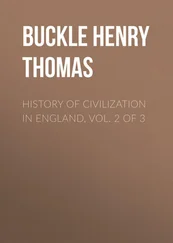Schliemann was a wealthy German businessman who retired at age 36 and began a second career as an amateur archeologist. Schliemann's interest in Mycenaean Greece began in early childhood. His father told him tales from the Iliad and Odyssey and gave him an illustrated world history when he was seven. Schliemann later recalled his fascination with a picture of Troy in flames, and claimed that he decided when he was eight, that he would one day dig up the ancient city of Troy. He realized his dream in 1871–1873, when he excavated Hisarlik (“Place of Fortresses”) on the Aegean cost of modern Turkey, 4 miles (6.5 km) from the Dardanelles.
In 1876, Schliemann turned his attention to Mycenae. He believed in the historicity of Homer's Iliad . Using the Iliad as a guide, along with Description of Greece , by Pausanias (d. 180 AD), a second‐century AD geographer, Schliemann searched for the grave of King Agamemnon of Mycenae who commanded the Greek forces in the siege of Troy. Schliemann excavated several shaft graves that he believed dated from the time of the Trojan Wars. The graves contained eight men, nine women and two children, together with some of the most impressive archeological treasures ever found.
The bodies were accompanied by precious metals and jewels. The faces of five of the bodies were covered with funeral masks made of gold, one of which Schliemann identified as the mask of Agamemnon. He felt that he had accomplished his lifelong dream of proving that the Trojan Wars were an actual historical event, not just myth. What Schliemann unearthed was not, as he thought, from the period of the Trojan Wars, but from a much earlier period. Nevertheless, his discoveries captured the imagination of Europe like nothing else until the discovery of King Tut's tomb by Howard Carter in 1922.
Unlike the Minoan Civilization centered on Crete, Mycenaean Greece was a warrior culture. There was no unified state, or kingdom. Instead, there were a number of “power centers,” including Mycenae, Pylos, Tiryns, Thebes, Athens, Sparta, and other fortress cities in southern and central Greece. There were other differences between the two that make it difficult to differentiate the cultural diffusion between them.
Mycenaean Civilization peaked between c. 1300 BC and 1200 BC. Though a warrior society, the Mycenaeans enjoyed many of the comforts found among the Minoans. Excavations at Pylos on the Mediterranean coast of the Peloponnesus revealed a royal palace with many of the distinctive features of the palace at Knossos. The “Palace of Nestor,” named after King Nestor in Homer's Odyssey , included wall paintings, storerooms, light wells, a sewage system, and a royal bathroom with bathtub and plumbing.
Sometime around the middle of the fifteenth century BC, the Mycenaeans conquered Crete and, as a result, came under the influence of Minoan culture. Perhaps most important for modern archeologists was the appearance of a new writing system referred to by scholars as Linear B Script. It uses the Minoan Linear A Script to write Mycenaean Greek, the earliest form of the Greek language. Linear B was used almost exclusively in the palaces for administrative purposes. It ceased to be used after the collapse of the Bronze Age civilizations between c. 1200 BC and 1150 BC.
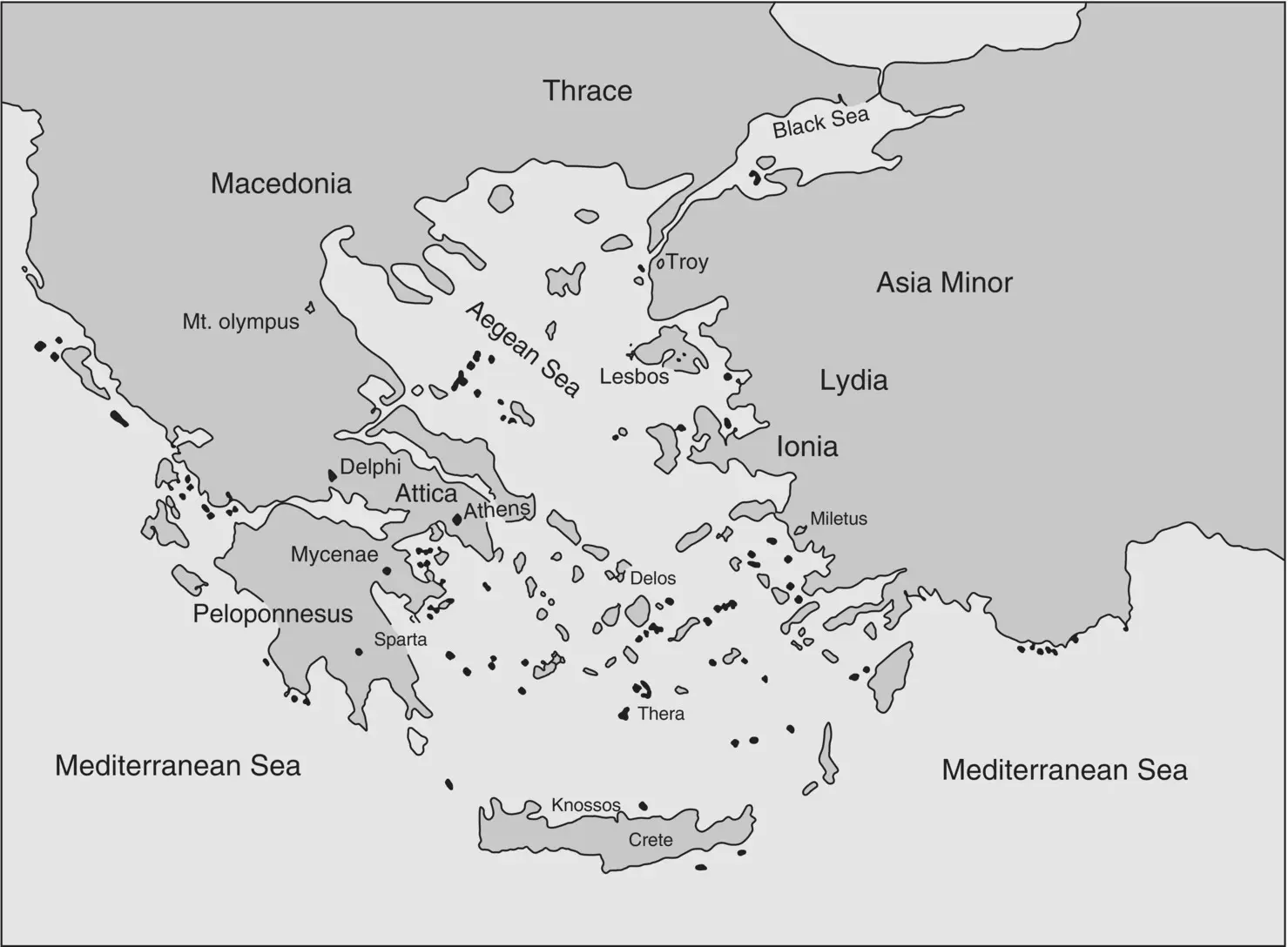
Figure 2.1Map of ancient Greece.
The Dark Ages (c. 1100–800 BC)
The collapse of the Bronze Age during the thirteenth century BC was sudden and devastating. Archeological evidence exists throughout the Eastern Mediterranean region in Greece, Turkey, Israel, Syria, Lebanon, and Egypt. “Within a period of forty to fifty years at the end of the thirteenth and the beginning of the twelfth century,” writes classical studies scholar Robert Drews, “almost every significant city in the eastern Mediterranean world was destroyed, many of them never to be occupied again” (Drews 1993, p. 4).
What caused the collapse remains a mystery. Many explanations have been offered, but recent scholarship suggests that a “perfect storm” of disastrous events including “climate change; drought and famine; earthquakes; invaders; and internal rebellions” led to a kind of “systems collapse” and ushered in a period referred to as the “Dark Ages” throughout the Eastern Mediterranean regain (Weiner 2015). The Dark Ages lasted from c. 1100 BC to 900 BC in the Near East and until c. 800 BC in Greece. Some scholars prefer 776 BC, the date given by Hippias of Elis (c. 460–400 BC) for the first Olympics.
The art of writing disappeared, cities were abandoned, and the population declined. It is estimated that the population fell to about one‐tenth of what it had been in c. 1200 BC. The number of occupied sites in Greece went from about 320 in the thirteenth century to about 40 in the tenth century. What settlements there were during the Dark Ages were small and scattered. Mycenaean culture all but disappeared. The Greeks' self‐identity and cultural values, especially the pursuit of excellence, survived in oral transmission to provide the foundation for the classical period.
The Archaic Age (c. 800–480 BC)
Slowly, the turmoil decreased. Agricultural production increased, and with it, the population. The small agricultural villages of the Dark Ages grew into cities and then into city‐states (poleis). Typically, a raised area or hill became a fortified area known as the acropolis. Temples to the gods, especially the patron god of the city‐state – e.g. the goddess Athena in Athens – were constructed on the acropolis, as well as other official buildings. When the city came under attack, the people would retreat to the acropolis.
At the base of the acropolis was an open area called the agora where merchants and craftsmen conducted their business. It was also the area where free‐born citizens would gather to hear public announcements, muster for military campaigns, and attend meetings of the Popular Assembly to discuss and decide matters of importance to the city‐state. The philosopher Socrates (see below) frequented the agora in Athens. He would wander about in all sorts of weather barefoot and wearing the same old cloak. He must have been an amusing, if also irritating, figure going about tapping people on the shoulder and asking such questions as “Can you tell me where I can find an honest man?”
Increased population, together with geography and the historical influence of both Minoan and Mycenaean civilizations, led the Greek city‐states to look to the sea. During the sixth and fifth centuries BC, Greek colonies existed throughout the Mediterranean world from Asia Minor to Spain. Greek trading posts and settlements existed on the Mediterranean coasts of Spain, France, southern Italy, North Africa, and on the Island of Sicily. They were not colonies in the modern sense. Each was from its founding an independent city‐state. Commercial and sentimental ties existed between the sponsoring city‐state and the colony, but like the city‐states in Greece, and elsewhere, they remained independent.
The overseas colonies provided a market for Greek goods such as wine, olive oil, pottery, and a source of luxury goods and raw materials that found a ready market in Greece. The Greeks, like the Minoans, Myceneans, and the Phoenicians, acted as middle men for the movement of goods throughout the Mediterranean. The Greek colonies acted as important disseminators of Greek culture. They were also a means of relieving political tensions arising in the Greek city‐states from over population and/or class conflict. Problems could, in a sense, be exported by founding a colony.
Читать дальше
